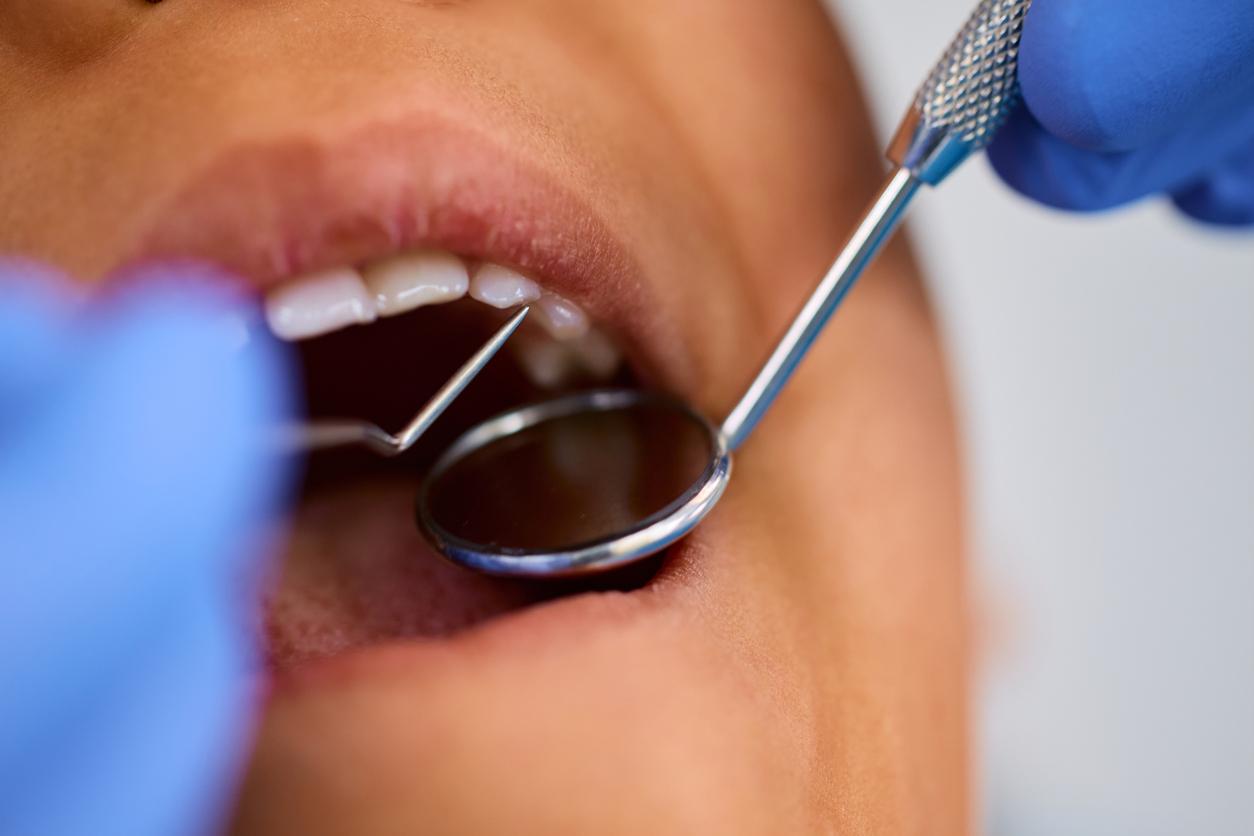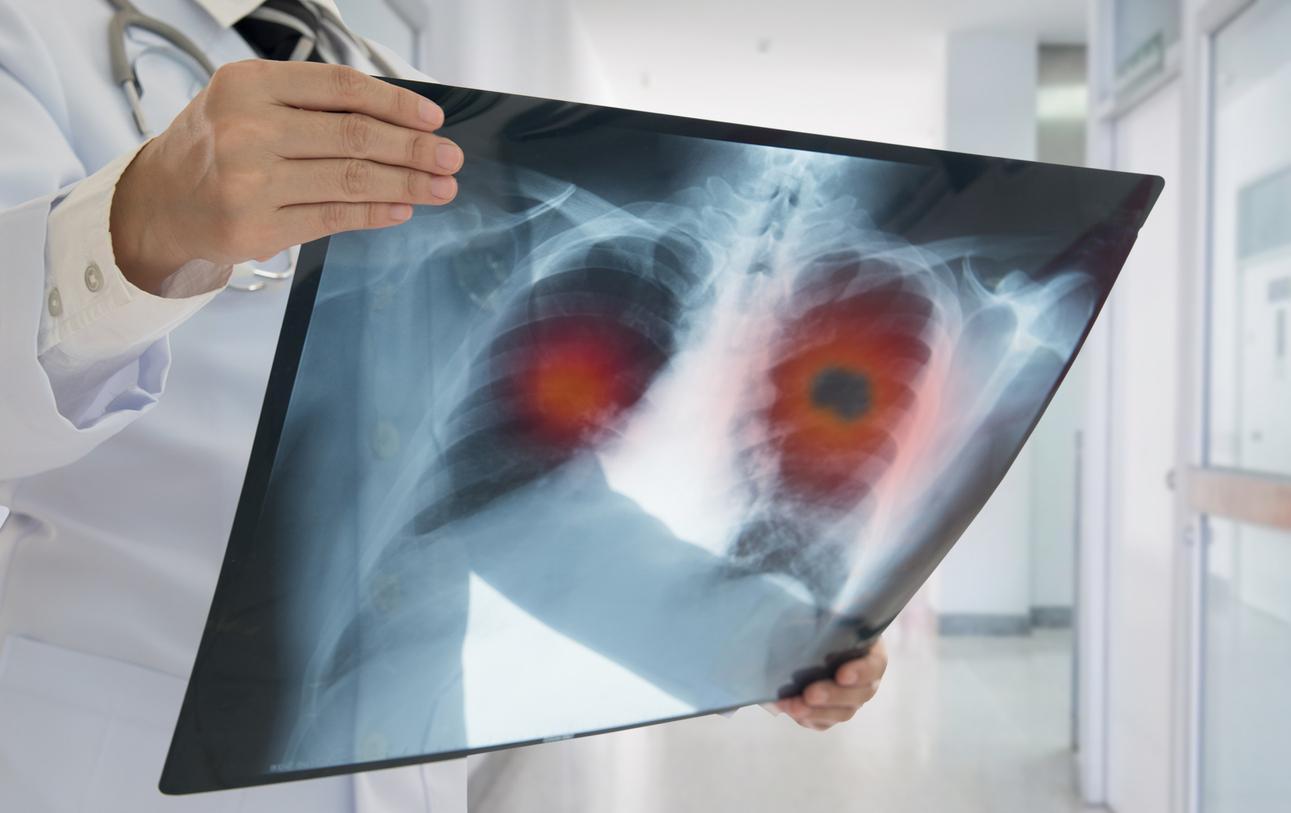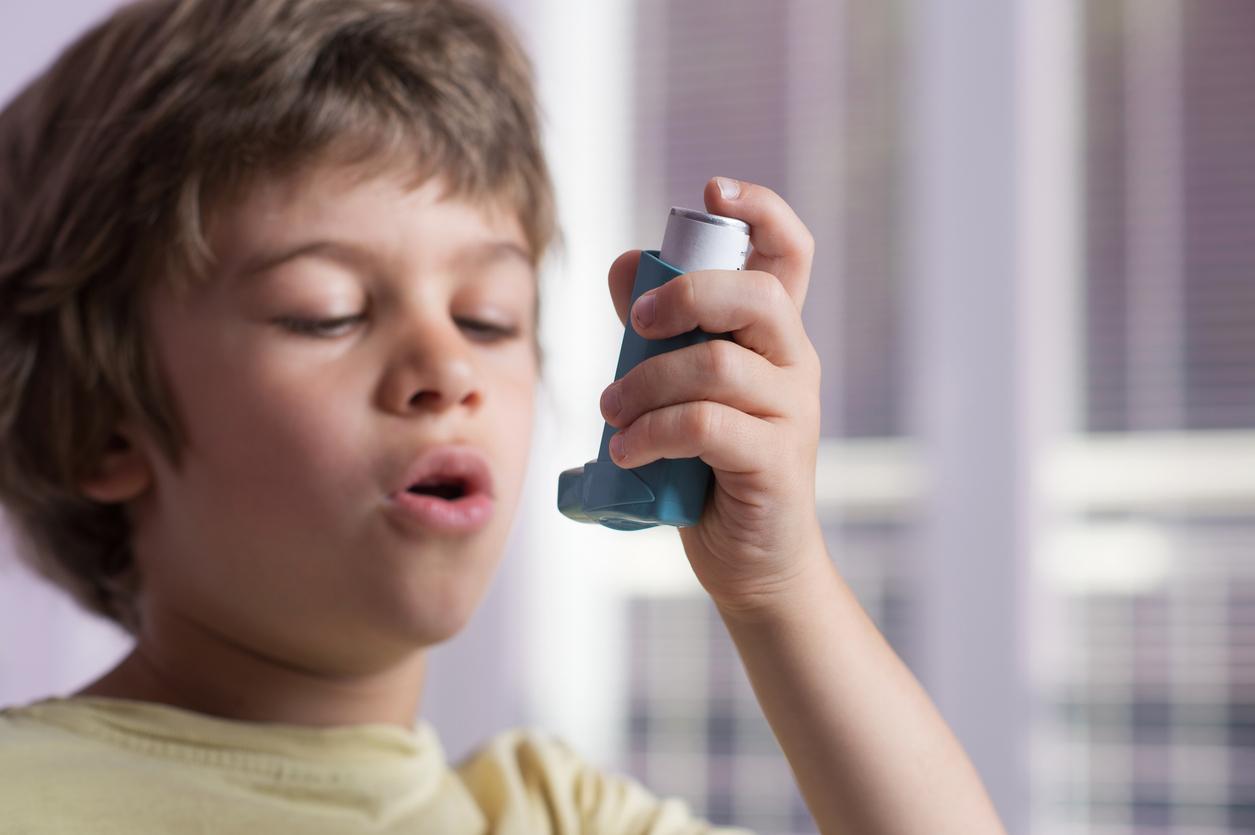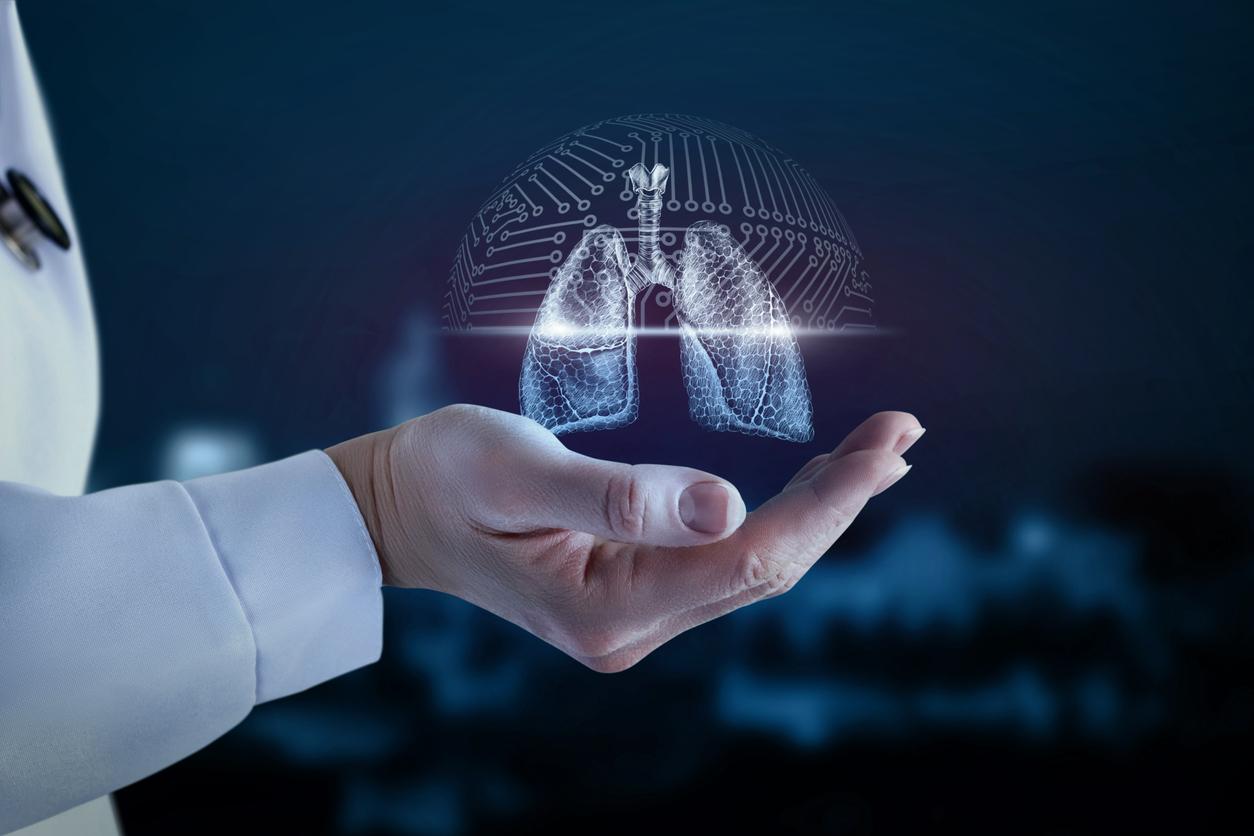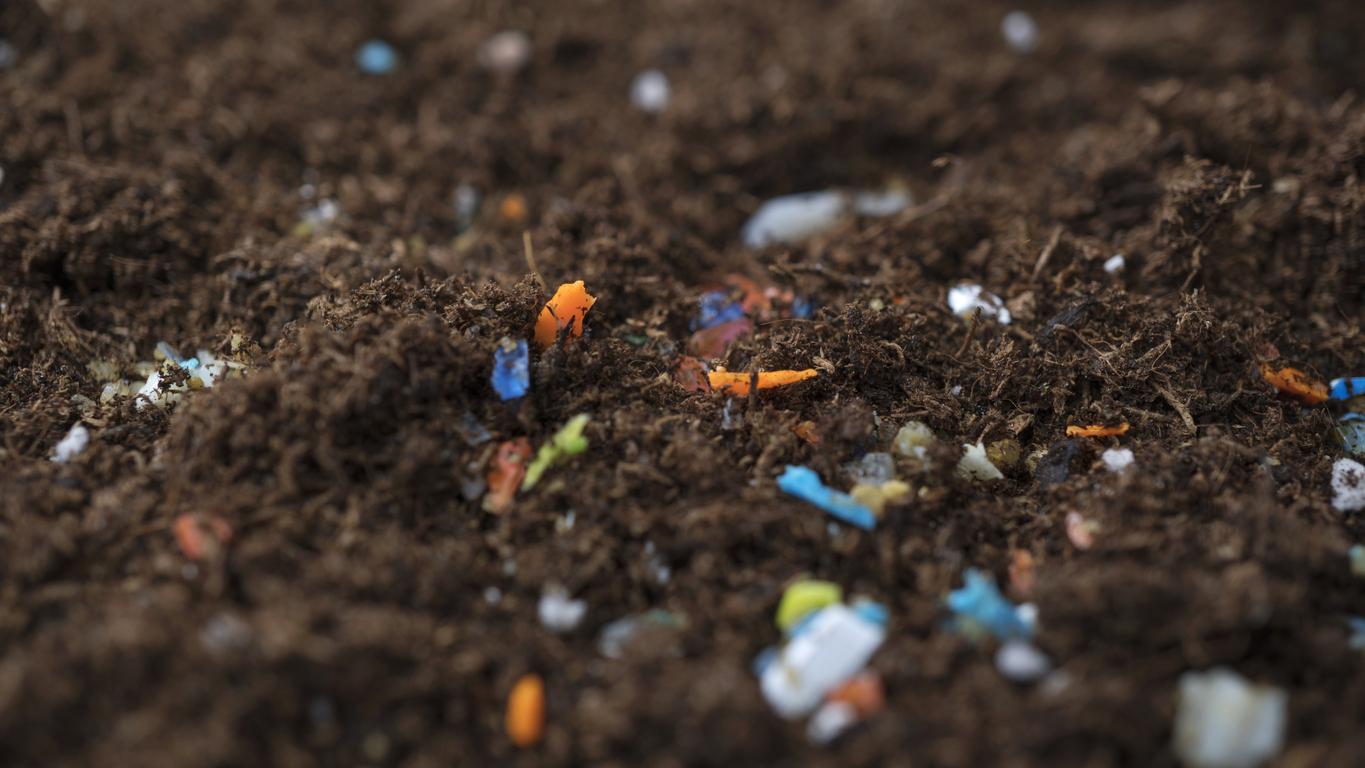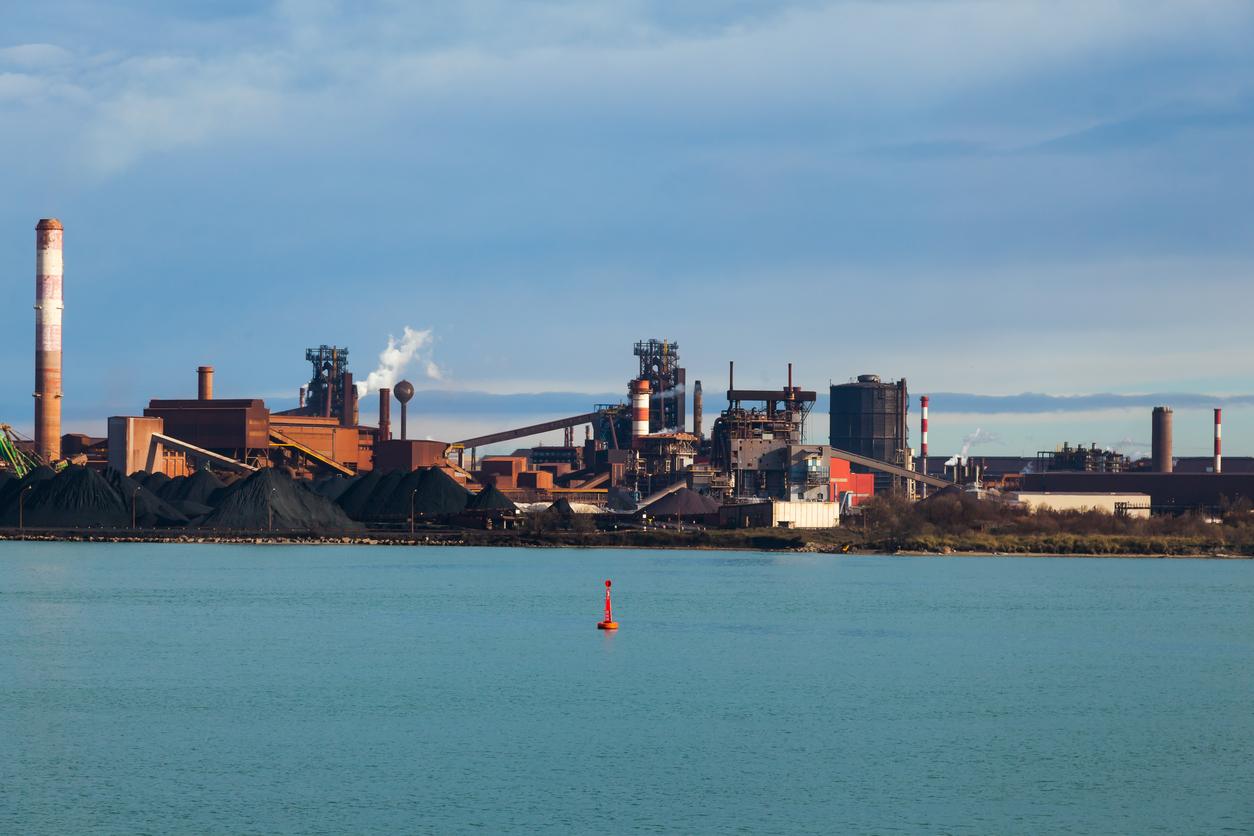Each surgery would emit on average between 150 and 230 kg of CO2, against 120 kg of CO2 to cross half of France by car.

We are not necessarily aware of it, but our health systems pollute, and not just a little. According to one study recently published in The Lancet, the English healthcare system emits 3% of the national amount of CO2. In the United States, this figure climbs to 10%.
Anesthetic gases
In Australia, public and private hospitals are the biggest emitters of CO2, followed by the pharmaceutical industry and the construction sector of buildings for healthcare professionals. In total, this healthcare system emits 7% of all greenhouse gases produced by Australia.
Regarding hospitals more specifically, anesthetic gases and energy consumption are the main source of greenhouse gas emissions, according to another study, also published in The Lancet. Each surgery would emit on average between 150 and 230 kg of CO2, against 120 kg of CO2 to cross half of France by car.
The patient metabolizes only a very small part of the anesthetic gases. “It is estimated that more than 95% of the gas used during operations escapes as is, explains Dr. Jane Muret to Figaro. And to prevent them from remaining in the operating room, the gases are evacuated via Sega sockets (anesthetic gas evacuation system, Editor’s note) “.
Isoflurane, sevoflurane and desflurane
Among the anesthetic gases studied – isoflurane, sevoflurane and desflurane – desflurane appears to be the most polluting. A damaging fact, when we know that it is quite possible to do without it for most patients, except specific medical contraindication.
The second study cited in this article analyzed three English-speaking hospitals: Vancouver General Hospital (Canada), University of Minnesota Medical Center (United States) and John Radcliffe Hospital (United Kingdom). No similar data is currently available on French hospitals, even if some have already become aware of this problem. “In Grenoble, we still use desflurane, testifies Dr Claire Chapuis, pharmacist at the Grenoble University Hospital. But we are trying to reduce its use in favor of sevoflurane.”
The impact of pollution on the respiratory tract
Numerous studies highlight the deleterious effectsThere is pollution on respiratory health, especially that of children, with percentages of asthma and pollen allergy which climb from 20 to 30%. An international team of researchers has highlighted the impact of air pollution on childhood asthma. Their work published on March 27 in the journal Environment International show that up to 38% of all annual asthma cases in children in Bradford can be attributed to air pollution. Air pollution linked to automobile traffic is estimated at 12% of all cases of childhood asthma recorded.

.




